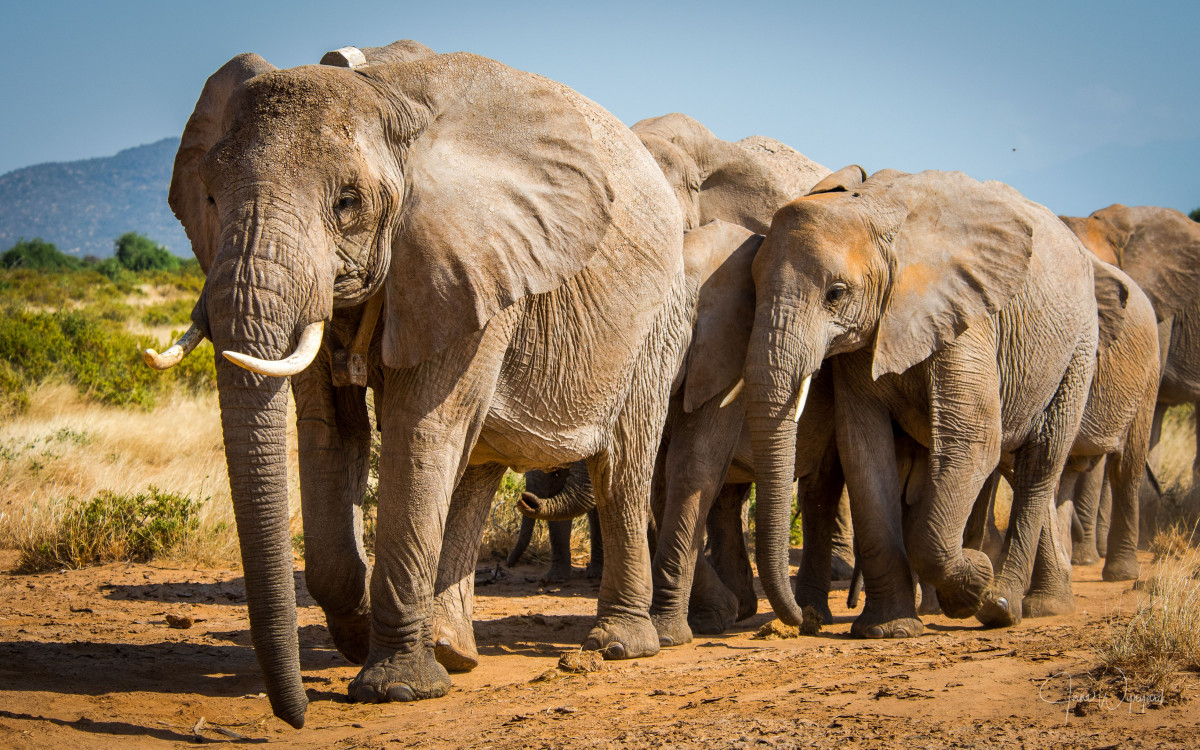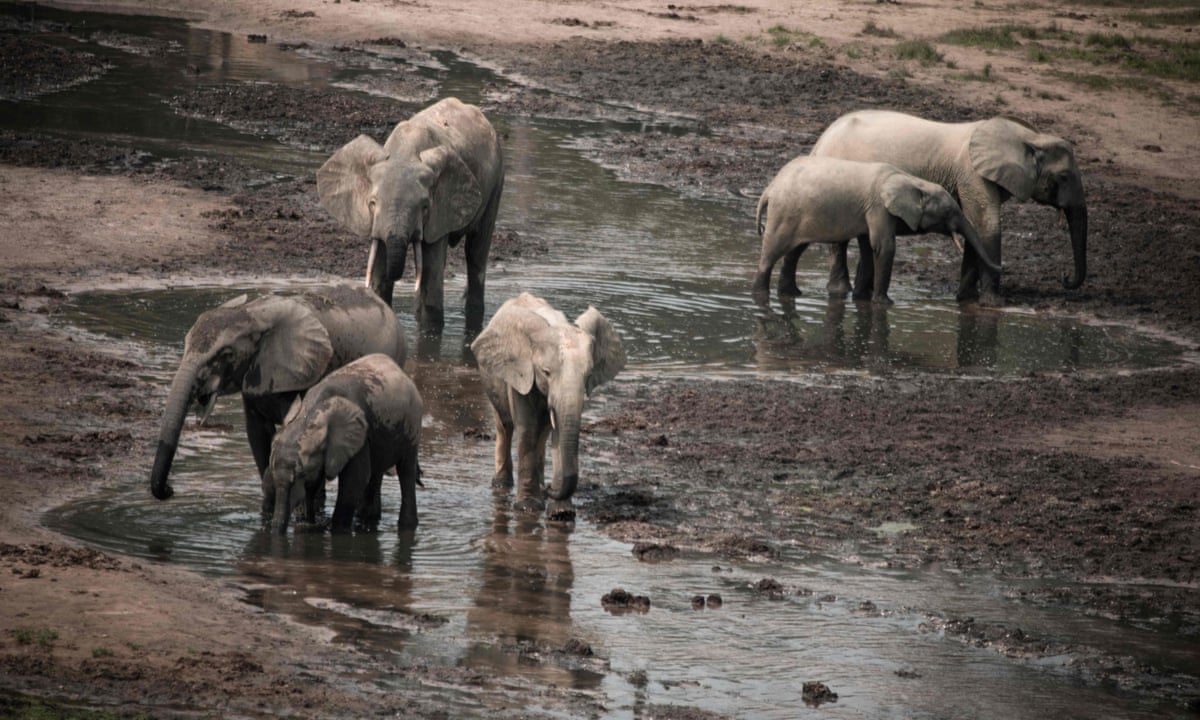In the vast landscapes of Africa, the African savanna elephant stands as a symbol of majesty and strength, embodying the essence of the continent’s untamed beauty. These gentle giants, scientifically known as Loxodonta Africana, are the largest land animals on Earth, measuring up to 24 feet in length and standing 13 feet tall. However, despite their remarkable presence, the African savanna elephants face an unprecedented crisis marked by endangerment and the looming threat of extinction.

Fast Facts:
- Common Name: African savanna elephant
- Scientific Name: Loxodonta Africana
- Type: Mammals
- Diet: Herbivore
- Group Name: Herd
- Average Life Span In the Wild: Up to 70 years
- Size: Up to 24 feet long and 13 ft tall
- Weight: Up to 7 tons
- Status: Endangered
In addition to the fast facts, here is a fun video on the Savana Elephants!
Ecosystem Engineers:
Beyond their physical enormity, African savanna elephants play a crucial role as ecosystem engineers. Through their foraging habits, these elephants shape their environment by stripping trees of leaves and modifying landscapes. Breaking branches and knocking down tree trunks prevent open habitats from becoming overgrown with dense vegetation. In essence, scientists recognize elephants as architects of their ecosystems.

Surviving the Dry Season:
During the challenging dry seasons, African savanna elephants showcase their adaptability by digging into the soil to expose underground springs. This satisfies their thirst and provides a vital water source for other creatures in the region. Their actions highlight the interconnectedness of the savanna’s diverse wildlife.

Endangerment and Threats:
The magnificence of these elephants is overshadowed by the harsh realities they face. African savanna elephants are listed as endangered due to a multitude of factors, including relentless poaching for ivory, the disruptive impacts of war and climate change, and the severe reduction of their habitat caused by development, agriculture, drilling, and mining.

Consequences of Habitat Loss:
The consequences of habitat loss extend beyond endangering the elephants themselves. With immense food needs, these elephants pose a severe threat to farmers. Entire fields of crops can be destroyed in a single night, leading to conflicts that result in the tragic loss of both human and elephant lives. For instance, between 2010 and 2017, Kenyan authorities euthanized between 50 and 120 elephants annually due to human-elephant conflict, leading to the death of 200 people during the same period.
Conservation Efforts:
Amidst the gloom, there is a glimmer of hope. African savanna elephants are now protected in various ways across the 23 countries they call home. Conservation actions range from protecting their habitats to more active measures, such as mobilizing anti-poaching units and restricting the sale of ivory. These efforts, driven by a collective commitment to preserve the legacy of these gentle giants, offer a beacon of hope for the future of Africa’s savanna elephants.
As we reflect on the dilemma of the African savanna elephants, it becomes clear that urgent and concerted efforts are essential to ensure their survival. By understanding and addressing the complex web of challenges they face, we can contribute to preserving these gentle giants and the ecosystems they shape. The time to act is now in order to secure a future where the legacy of Africa’s savanna elephants remains an integral part of the continent’s natural heritage.
What YOU can DO 🫵🏻
- Join conservation groups online
- Adopt a African Savanna Elephant through the World Wildlife Fund
- Spread the word; get people talking. Let’s save our gentle giants.
The information used in this blog is from The National Geographic. https://www.nationalgeographic.com/animals/mammals/facts/african-savanna-elephant?loggedin=true&rnd=1706045515169
Leave a comment